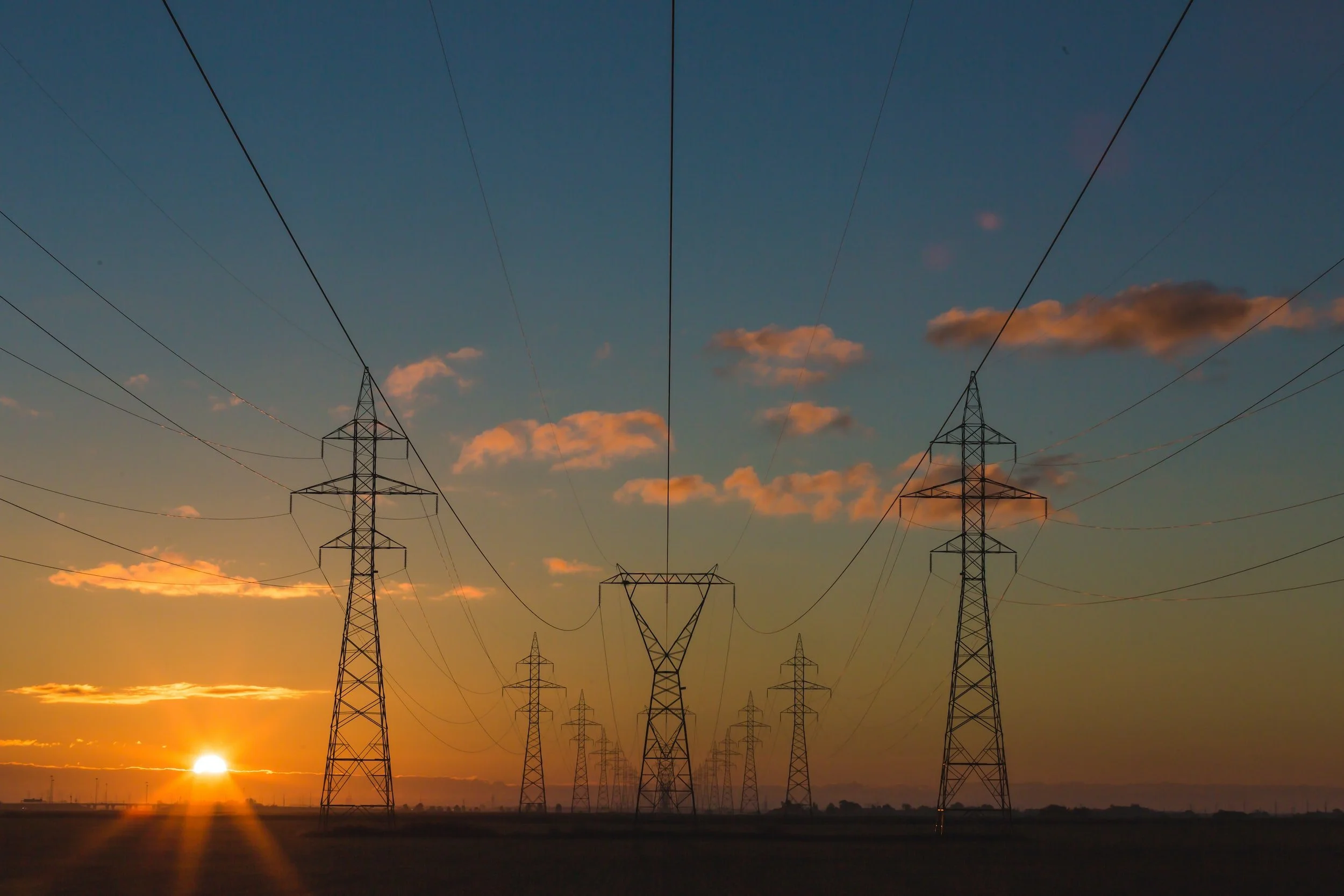Resources for Rural Electric Co-ops
-

Rural Electric Cooperatives and the Transition to a Clean Energy Future - A guide for Cooperative Leaders
Rural electric cooperatives are foundational institutions within their communities, serving not only as energy providers but also a cornerstone of economic development and community well-being.
America’s 832 distribution cooperatives and 63 generation and transmission cooperatives provide electricity to more than 20 million farms, schools, town halls, businesses and homes. Their wires deliver power to more than 56% of the landmass of the United States, providing critical modern services for families in rural communities and growing suburbs alike. Cooperatives play a particularly crucial role in addressing energy burden and serving those with the fewest resources; 92% of persistent poverty counties get electricity from a cooperative.
-

EPA Energy and Environment Guide to ActionNew List Item
Each Guide chapter covers a unique policy topic, provides descriptions and a regulatory landscape of the featured policy, explains its environmental, energy, health, and equity benefits, highlights how states have approached key design and implementation issues, and shares best practices based on state experiences.
-

Caught in a Fix The Problem with Fixed Charges for Electricity
Higher monthly fixed charges are an inequitable and inefficient means to address utility revenue concerns. This report provides an overview of (a) how increased fixed charges can harm customers, (b) the common arguments that are used to support increased fixed charges, (c) recent commission decisions on fixed charges, and (d) alternative approaches, including maintaining the status quo when there is no serious threat to utility revenues.
